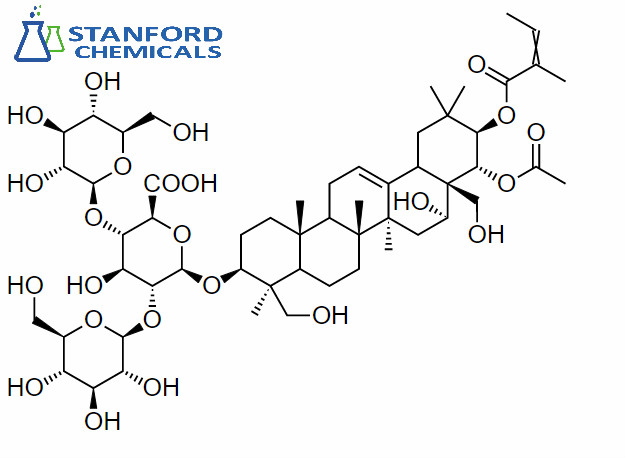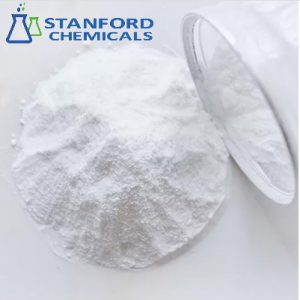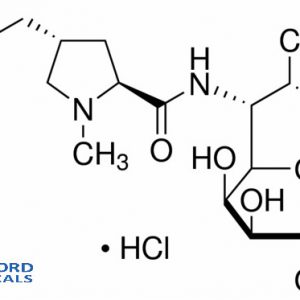- Home
- Pharmaceuticals
- 040-000-352 Escin, CAS 6805-41-0
040-000-352 Escin, CAS 6805-41-0
| Synonym | Aescin |
| Keywords | Anti-inflammation, anti-vasoconstrictor, anti- vasoprotective |
| Related products | Hydrocortisone Hemisuccinate Sodium Salt, Hydrocortisone Acetate, Vinpocetine |
- Description
Description
Description
Escin Specifications
| Product Name | Escin |
| CAS Registry Number | 11072-93-8 β-Aescin
6805-41-0 Aescin |
| Molecular Formula | C55H86O24 |
| Molecular Weight | 1131.269 g/mol |
| Purity | 99.0% |
| Appearance | White powder |
| Package | 1kg-25kg |
| Shelf life | 2 years |
| Functions | Anti-inflammation, anti-vasoconstrictor, and vasoprotective effects |
Escin Description
Aescin or escin is derived from horse chestnut extracts. It can promote the synthesis of collagen, repair damaged skin, and can effectively moisturize. It is rich in flavonoids, has natural and powerful anti-aging and anti-wrinkle effects, can improve the blood circulation of some eye skins, and can also eliminate cellulite, and has some effects on dark circles and bags under the eyes.
Escin is an endothelium-protective drug that is extracted from Aesculus hippocastanum seeds.
Escin Benefits
- Well-known benefits for venous insufficiency and related conditions
- Have many potential positive pharmacological effects on the skin, can be effective anti-inflammatory and anti-aging
- Can reduce capillary fragility, thus helping to prevent fluid leakage into surrounding tissues, thus preventing swelling
- Horse chestnut extract has the highest “reactive oxygen” scavenging capacity. Such extracts are stronger antioxidants than vitamin E and also have a strong cytoprotective effect
Escin Application
- Pharmaceutical ingredients of eye drops and intravenous fluid
Reference:
- Pittler, Max H.; Ernst, Edzard (2012-11-14). “Horse chestnut seed extract for chronic venous insufficiency”. The Cochrane Database of Systematic Reviews. 11: CD003230.
- Carrasco OF, Vidrio H (July 2007). “Endothelium protectant and contractile effects of the antivaricose principle escin in rat aorta”. Vascul. Pharmacol. 47 (1): 68–73.
- Berti F, Omini C, Longiave D (August 1977). “The mode of action of aescin and the release of prostaglandins”. Prostaglandins. 14 (2): 241–249.







